16 Budget Travel Hacks From The ’60s That Make Modern Travel Look Complicated
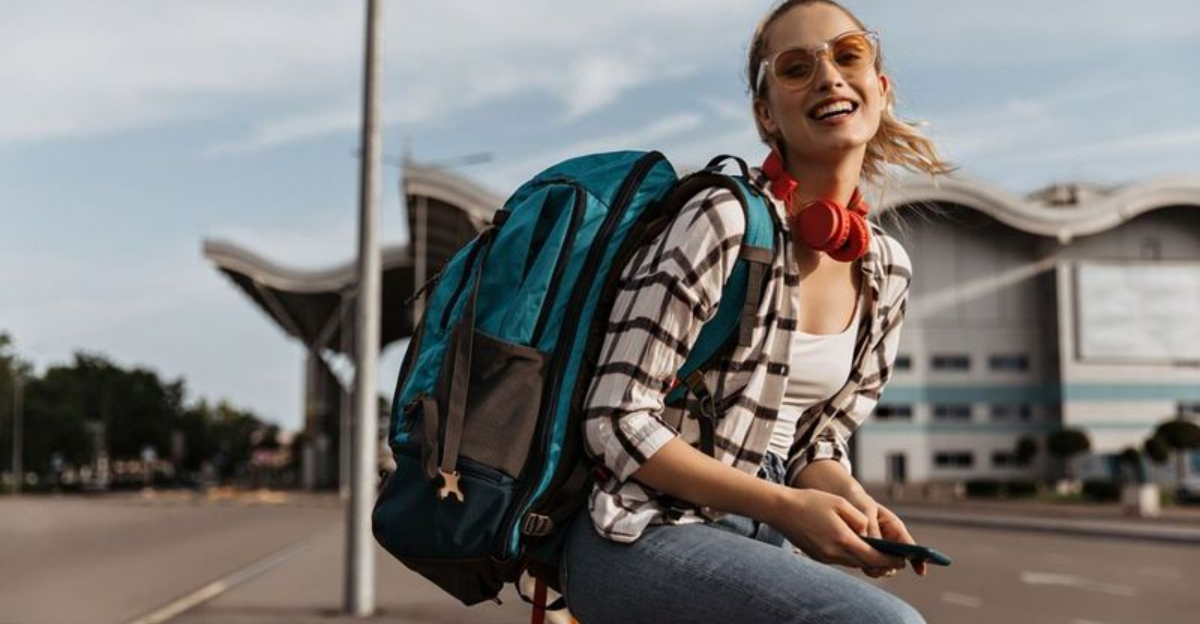
Traveling on a shoestring budget has always required a blend of ingenuity and adventure, but the 1960s took it to a whole new level. In this groovy decade of peace signs and paisley prints, thrifty travelers mastered the art of seeing the world without spending a fortune.
With no smartphones, online bookings, or travel apps, they relied on creativity, charm, and a dash of daring to make it from one place to the next. Whether it was hitchhiking cross-country, sleeping in a VW van, or cooking meals on a portable camp stove, these hacks were both practical and full of character.
Inspired by the spirit of the ’60s, I’ve gathered 16 clever and often amusing travel tricks that made globe-trotting on a budget not just possible, but fun. So grab your road map and your backpack—it’s time to journey back and discover how vintage travelers made every penny count and every mile memorable.
1. The Hitchhiker’s Guide to Cheap Rides
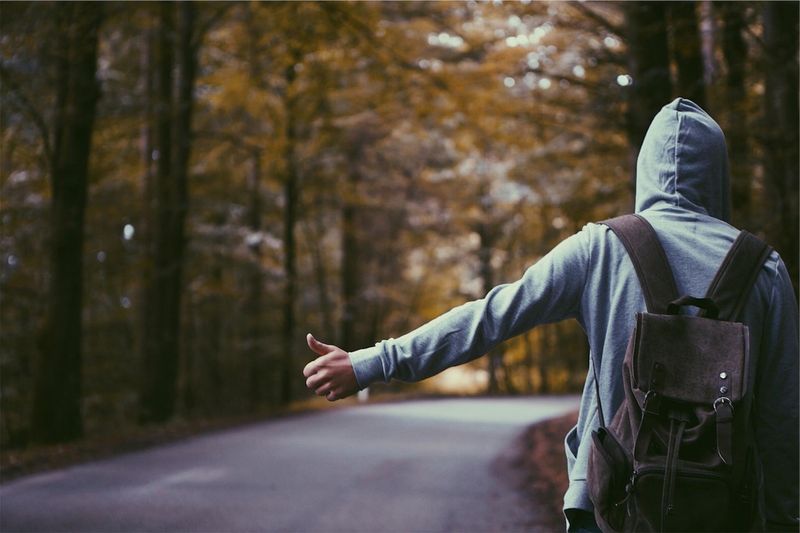
Hitchhiking was the ultimate hack for budget travelers in the ’60s. With nothing but a thumb and a smile, adventurers hitched rides with friendly drivers headed in the same direction.
Imagine the tales shared and friendships forged along these open roads. While today’s travelers rely heavily on ride-sharing apps, the simplicity of the thumb method was unbeatable. Plus, it was all about the journey, not just the destination.
Of course, safety was paramount, and travelers were advised to choose their rides wisely. Many a story was traded for a lift, with no two journeys ever the same. Hitchhiking was not just about saving money; it was about embracing the unexpected.
2. Payphone Communication
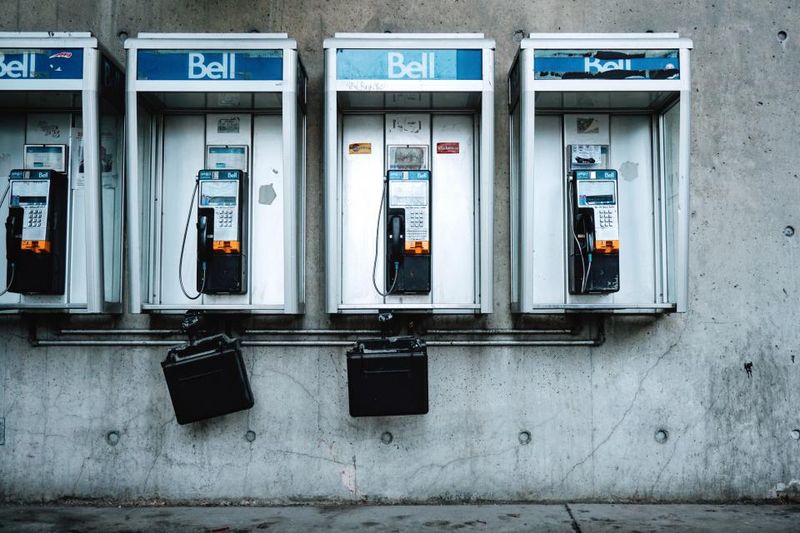
Remember the days before smartphones? Travelers relied on good old-fashioned payphones to stay connected. Dropping a dime into these magical booths, you could call home or book that hostel across town.
The jingling of coins was music to a traveler’s ears. Payphones were a lifeline, ensuring that loved ones knew your whereabouts.
In an era without Google Maps, directories found in these booths were treasure troves of local information. With a directory in hand and a few coins to spare, you were ready to explore new lands. Each call was a mini-adventure, filled with static and sometimes, surprises.
3. Budget-Friendly Hostels
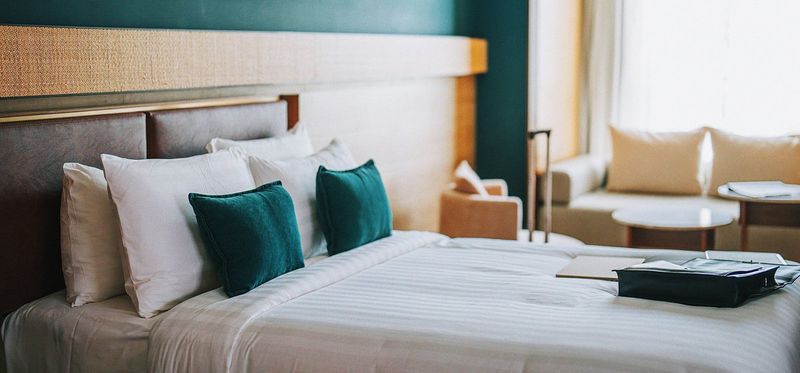
Hostels were the beating heart of budget travel in the ’60s. These communal havens offered a place to rest your head without draining your wallet.
Imagine arriving in a new city and finding a cozy bed, a kitchen for cooking, and a room full of fellow explorers. Hostels were where lifelong friendships began over shared stories and meals. Each stay was an opportunity to learn about cultures, share experiences, and save pennies for the next adventure.
The hostel vibe was all about camaraderie and exploration, making every night an adventure in its own right. If you were lucky, you might even snag a job for a free stay!
4. Traveling Light with a Single Backpack
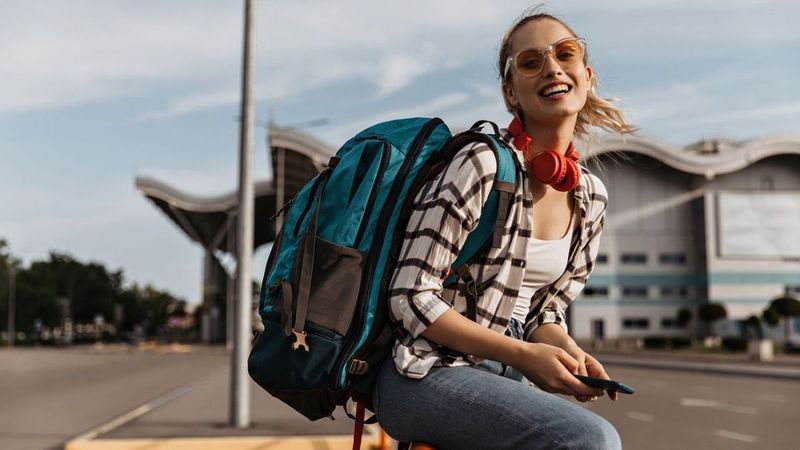
Traveling light was the name of the game. In the ’60s, a single backpack was all you needed for a world of adventure. Packing essentials and nothing more, travelers embraced the minimalist ethos.
The freedom of carrying just what you could bear was liberating. Backpacks held memories and stories, each item well-considered for its journey.
From clothes to maps and mementos, everything had its place. Today’s luggage may have wheels and gizmos, but the simplicity of a backpack was unmatched. It was about being in the moment and ready for whatever might come your way. Less was definitely more.
5. Local Eats on a Budget
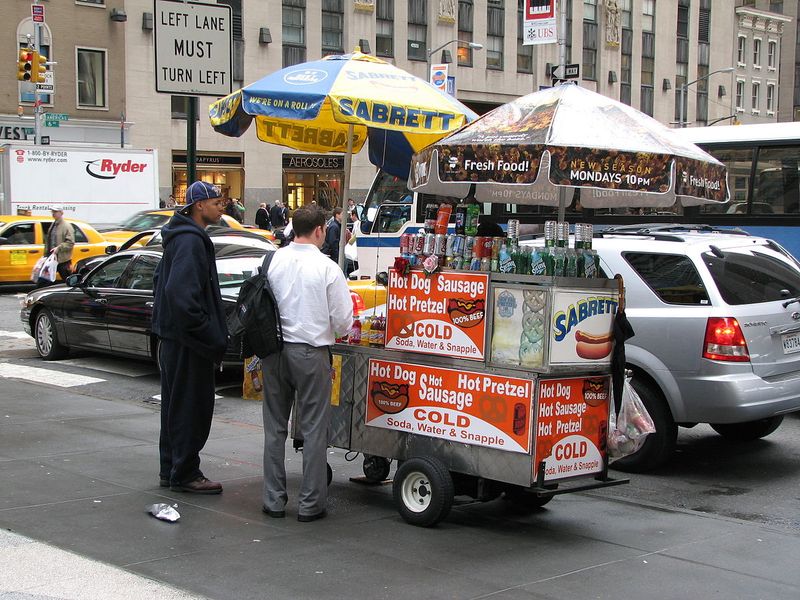
Eating like a local has always been a surefire way to save money while traveling. In the ’60s, budget-savvy explorers flocked to street stalls and local eateries for authentic flavors. These spots were not just places to eat; they were cultural experiences.
Imagine savoring exotic spices and dishes you’d never find back home. The aromas, the hustle, and the vibrant conversations were all part of the feast.
Every bite was an adventure, with prices that kept your wallet as full as your belly. Plus, dining locally meant supporting the community, adding an extra layer of satisfaction to every meal.
6. DIY Travel Guides
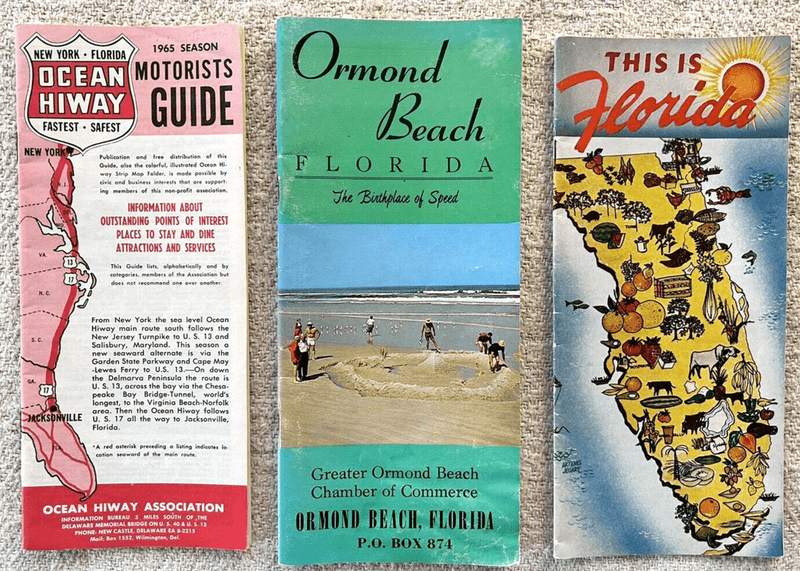
Before the internet, DIY travel guides were the go-to resource for ’60s adventurers. Travelers crafted personalized journals filled with maps, sketches, and notes from fellow explorers.
Each guide was a labor of love, capturing the essence of places visited and yet to be explored. The guides were a mix of art and information, as unique as the travelers themselves.
Swapping these guides with fellow wanderers was like trading treasure, each one rich with tips and tales. In a world without Google reviews, these personal touchstones were invaluable. They were not just guides; they were memories.
7. The Art of Bartering
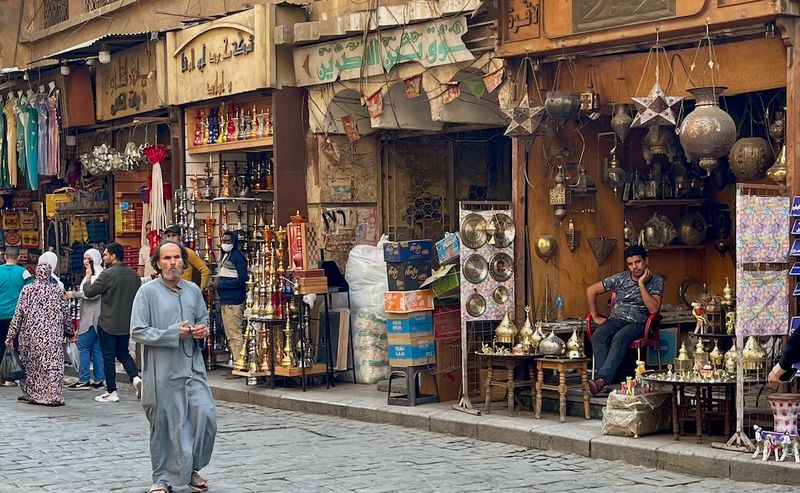
Bartering was more than just a way to save money; it was a skill. Travelers in the ’60s mastered the art of negotiation, turning trinkets and skills into currency. At bustling markets, the air was filled with the sounds of deals being made.
Whether swapping postcards for a handcrafted item or exchanging a song for a meal, bartering was both practical and fun. It was a dance of words and wits, where the value was in the interaction.
Bartering was not just about the exchange of goods; it was about connecting with people and cultures through conversation.
8. Camping Under the Stars
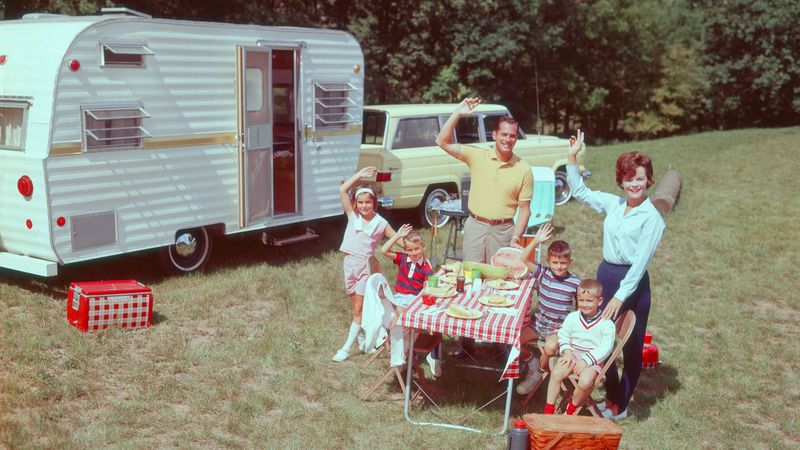
Camping offered the ultimate budget-friendly accommodation in the ’60s. Under a canopy of stars, adventurers set up tents in nature’s embrace. The great outdoors became a sprawling hotel with endless views.
Each night was an escape into tranquility, a far cry from bustling city hostels. With just a tent and a sleeping bag, you were ready to explore the wild. Campfires turned into social hubs, where stories and songs flowed freely.
The simplicity of camping was its charm, offering a deep connection to nature. A night under the stars was priceless, and the memories, infinite.
9. Rail Pass Revivals
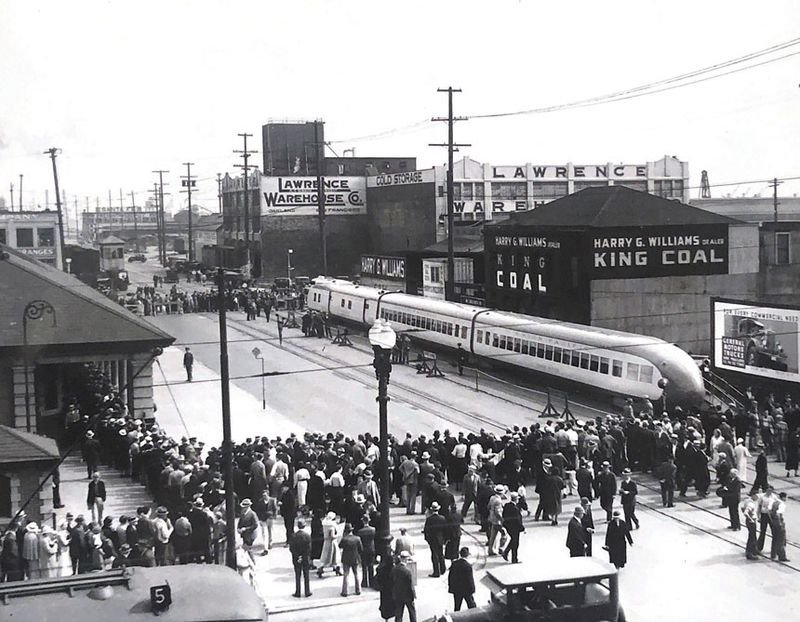
Rail passes were the golden tickets for budget travelers in the ’60s. With unlimited travel across countries, these passes turned trains into mobile hotels. Each journey was an opportunity to witness the world through a train window.
The rhythmic clatter of tracks was a soothing backdrop to endless vistas. Travelers shared compartments, stories, and sometimes, snacks.
Rail travel was a tapestry of experiences, woven together by the people you met and the places you saw. The freedom to hop on and off at will made each day an adventure, as you discovered new destinations without a plan.
10. Postcard Correspondence
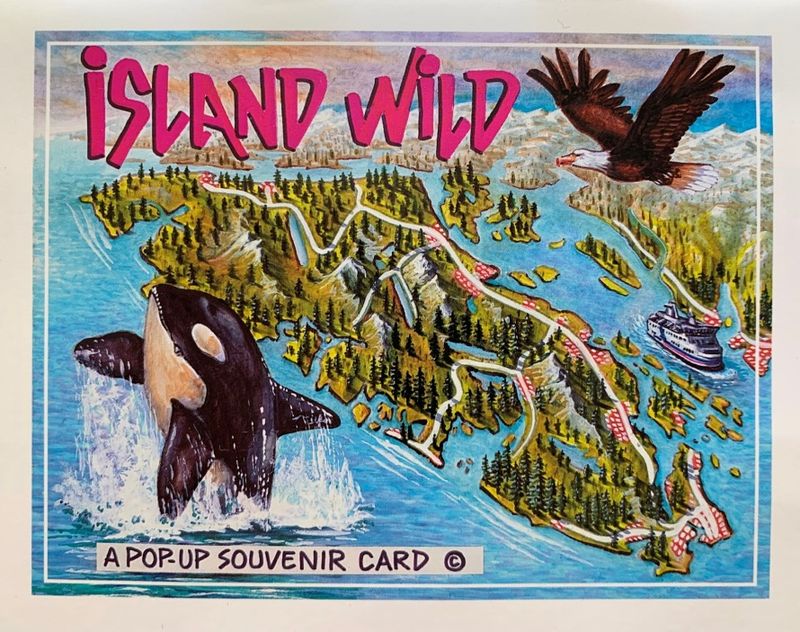
Postcards were the social media of the ’60s. Travelers filled these vibrant cards with snippets of their journey, each a snapshot of their adventures. Sending a postcard was more than just keeping in touch; it was sharing a piece of your world.
The thrill of finding the perfect card, then crafting a message to fit the tiny space, was an art. Every mailbox was a portal, connecting hearts across miles.
Postcards were tokens of thoughtfulness, offering tangible memories to those back home. They were relics of travel, capturing moments in time with a personal touch.
11. Budget Airline Discoveries
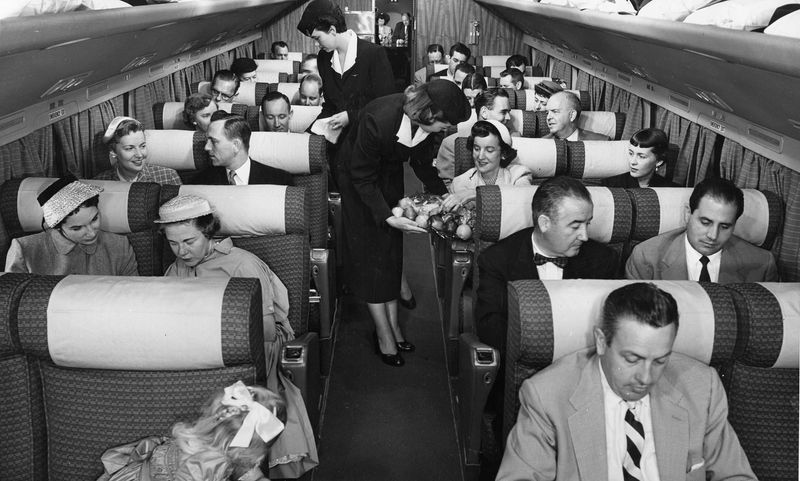
Long before budget airlines became ubiquitous, the ’60s saw the rise of affordable flights that made air travel accessible. These flights were a game-changer for those wanting to explore new horizons without draining their savings.
Travelers stumbled upon hidden gems and exotic locales, all thanks to these pocket-friendly fares. While in-flight service was no-frills, the excitement of new destinations more than made up for it.
The thrill of flying was as much about the journey as the destination. Every takeoff was a step towards discovery, with each landing bringing new adventures. Flying on a budget never felt so grand.
12. Travel Clubs and Shared Adventures
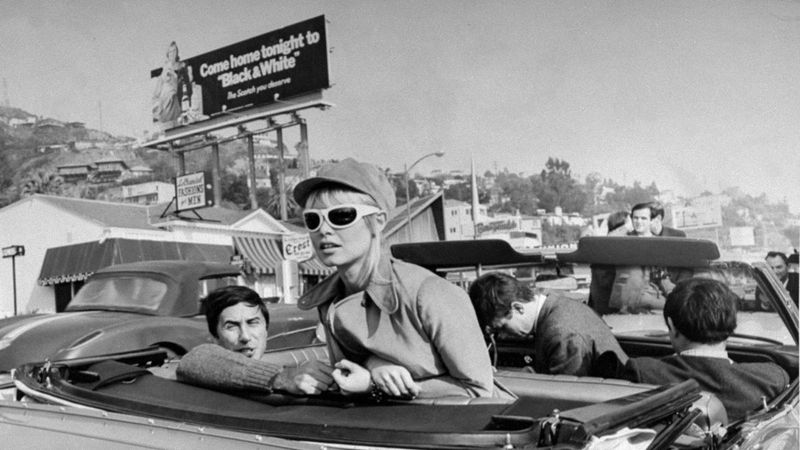
Travel clubs were the original social networks for adventurers in the ’60s. These gatherings brought like-minded wanderers together to share tales and tips. Members exchanged itineraries, advice, and sometimes, travel companions.
The spirit of camaraderie was palpable, making every meeting a mini adventure in itself. With shared interests and dreams, these clubs fostered a sense of belonging among globetrotters.
The connections formed here often led to shared journeys, with new friends becoming travel mates. Travel clubs were more than just a resource; they were a community, fueling the wanderlust in every member.
13. Riding the Waves with Hitchhiking Boats
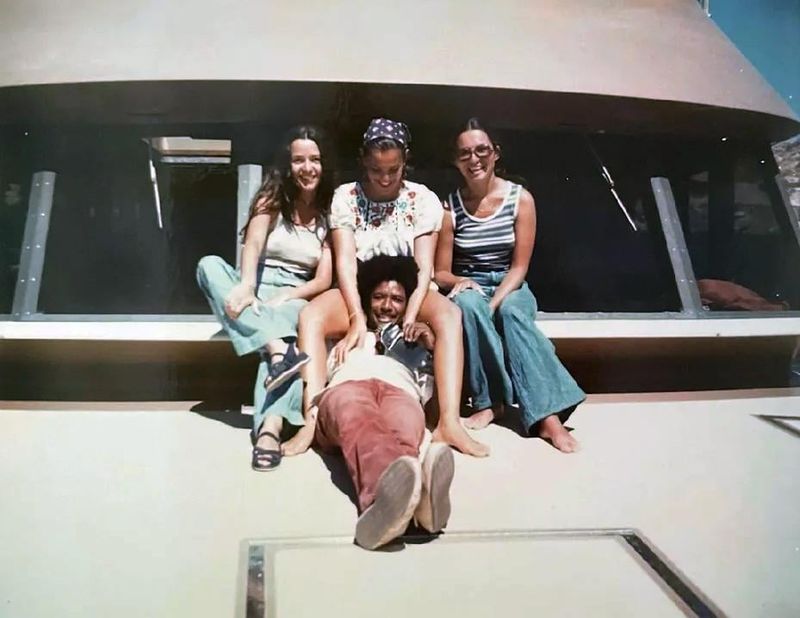
Hitchhiking wasn’t limited to land. Adventurous souls in the ’60s took to the seas, hitching rides on boats to reach far-off lands. The ocean offered a different kind of freedom, with each wave carrying the promise of new shores.
Securing a spot on a boat was a mix of charm and luck, with stories and skills often bartered for passage. This maritime hitchhiking was a gateway to remote islands and coastal wonders.
Each journey was as unpredictable as the sea itself, filled with opportunities for adventure and discovery. Hitching a boat was a true testament to wanderlust.
14. Couch Surfing Before It Was Cool
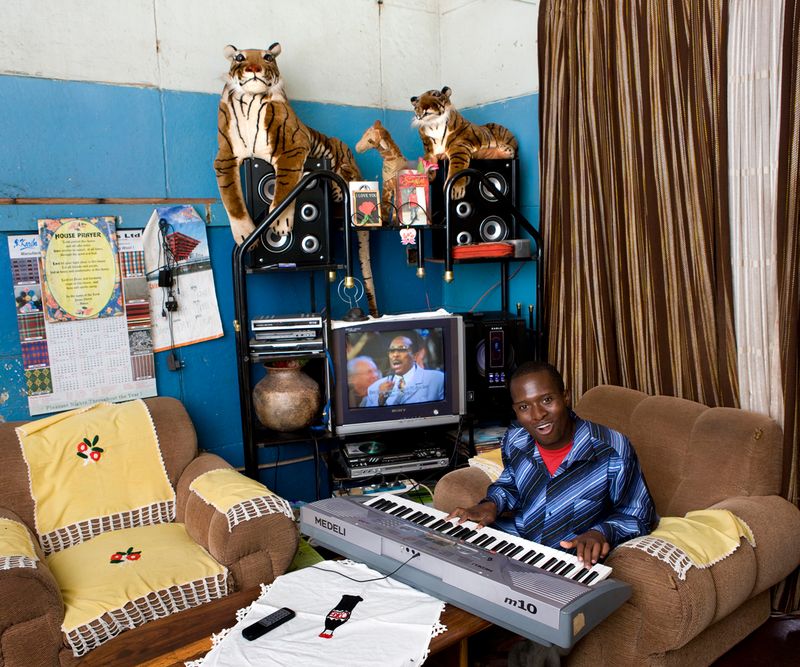
Long before apps made couch surfing a trend, travelers in the ’60s were already enjoying the hospitality of strangers. Staying with locals offered an authentic glimpse into their lives and cultures. Each couch, a gateway to a world of stories and connections.
The generosity of hosts turned strangers into friends, making every stay unique and memorable. It was more than just a free place to sleep; it was an experience, rich with local flavor.
This precursor to modern couch surfing fostered friendships that lasted beyond the journey, proving that hospitality knows no boundaries.
15. Mailing Home Souvenirs
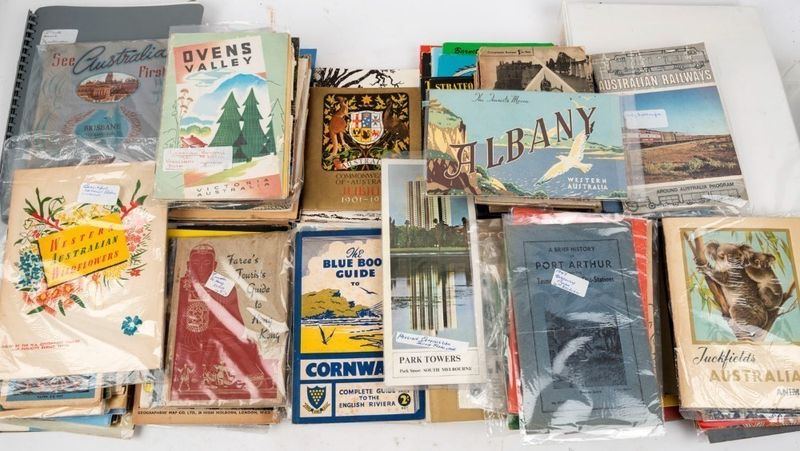
For travelers in the ’60s, mailing souvenirs was a clever way to travel light while still collecting memories. Post offices became treasure chests, where parcels of mementos were carefully wrapped and sent across the globe.
Each package was a time capsule, filled with tokens of adventures past. The anticipation of these packages arriving back home was part of the thrill. Mailing souvenirs allowed travelers to wander unburdened, knowing their treasures would await them.
It was a thoughtful gesture, sharing pieces of their journey with loved ones. This practice kept the spirit of adventure alive, long after the trip ended.
16. Utilizing Handcrafted Maps

In an era before smartphones, travelers in the ’60s embraced hand-drawn maps. Crafted with care, these maps were a blend of practicality and artistry.
A curious traveler could spend hours conversing with locals, gathering tips to annotate their maps with hidden gems. This fostered a spirit of adventure and curiosity.
Did you know? Some maps even included personal stories from fellow travelers, turning navigation into a social experience. The tactile satisfaction of unfolding a paper map added a unique joy to the journey.
